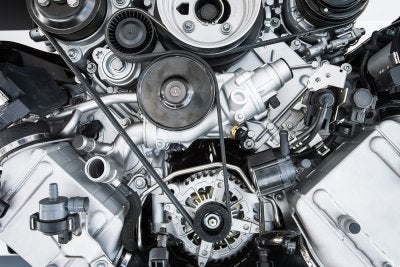When your vehicle starts to experience transmission problems, your solenoids could be to blame. Transmission solenoids are the part of your transmission that manages the changing of gears. These computerized components can cause serious transmission problems if they are not properly maintained. A transmission specialist that offers car transmission repair in Bethesda will be able to test out the functionality of your solenoids and determine whether they need to be rebuilt. Here is an overview of what all car owners need to know about their solenoids. 
How Solenoids Work
While you drive, the computer in your car’s engine is continually monitoring your vehicle’s speed and power. When the computer senses that the car needs to shift up or down in gear, it will send a message to the solenoid. After the solenoid gets the computerized signal, it will deliver hydraulic fluid to the transmission gear set. Depending on the amount of fluid and the level of pressure in the hydraulic line, the transmission will either shift up or down.
Signs of Solenoid Problems
There are a few common signs that could indicate that your solenoids are having problems. When your car starts to shift erratically, your solenoids could be having trouble delivering the correct amount of hydraulic fluid. A transmission that is unable to downshift may also be suffering from broken solenoids. In order to determine whether your solenoid problem is electronic or mechanical, your auto technician will need to connect your transmission to a computerized diagnostic system.
Protecting Your Solenoids from Damage
A minor amount of wear and tear is normal for any set of solenoids. However, your solenoids should last for tens if not hundreds of thousands of miles before they need to be replaced. In order to protect your solenoids from damage and wear, you will want to change your transmission fluid at regular intervals. Fresh transmission fluid will flush dirt and debris out of the solenoids, which will help them to remain in proper operating condition for longer.

